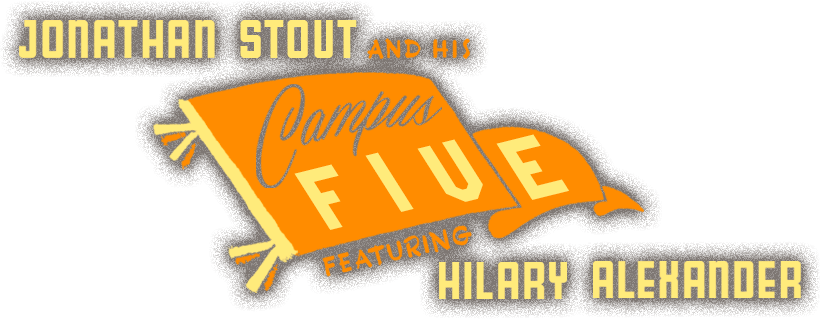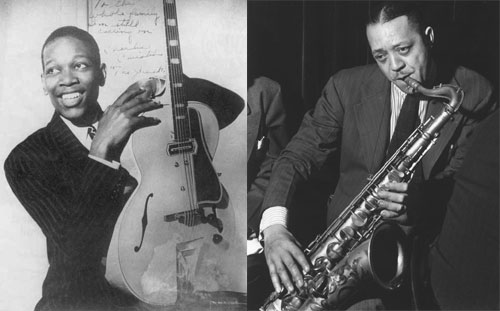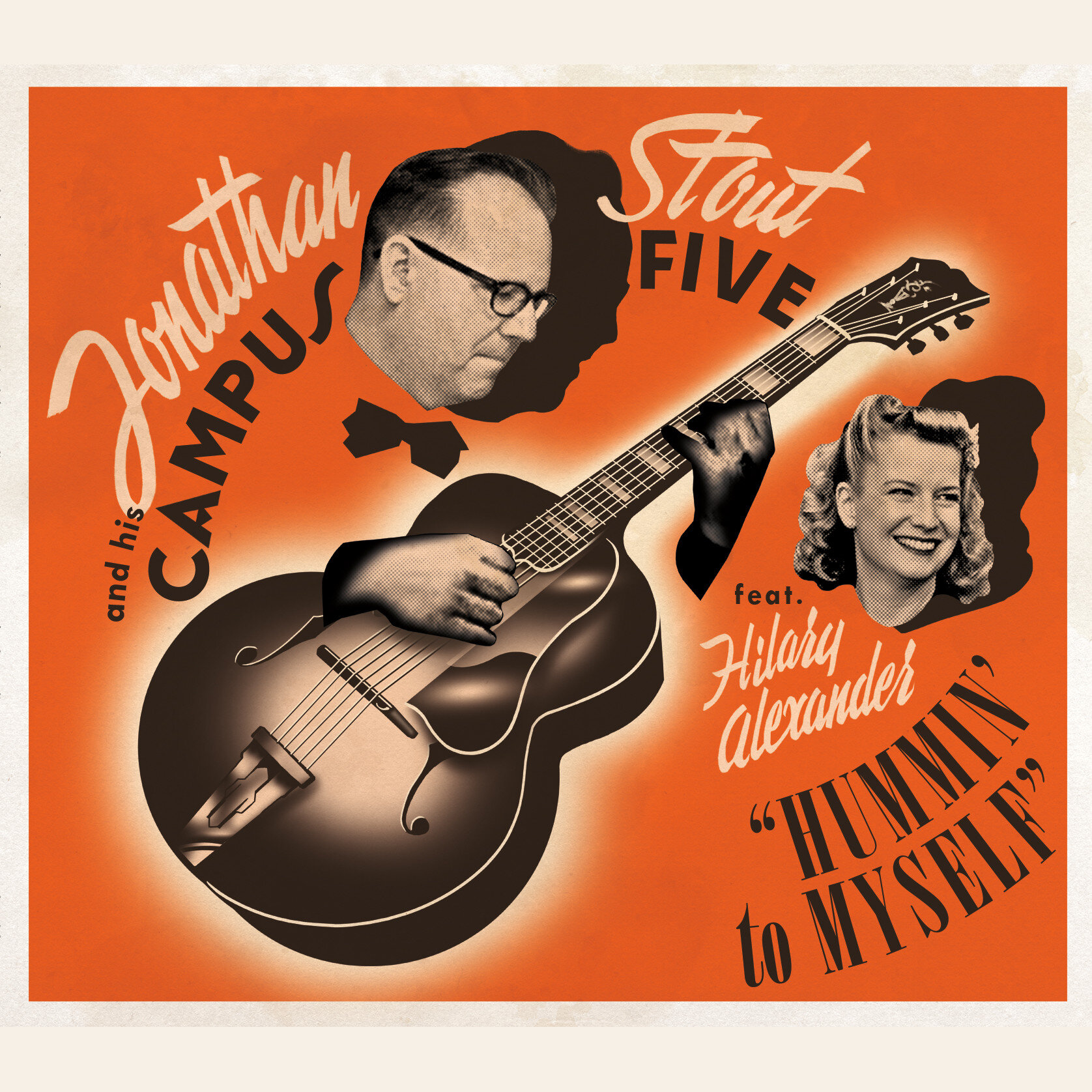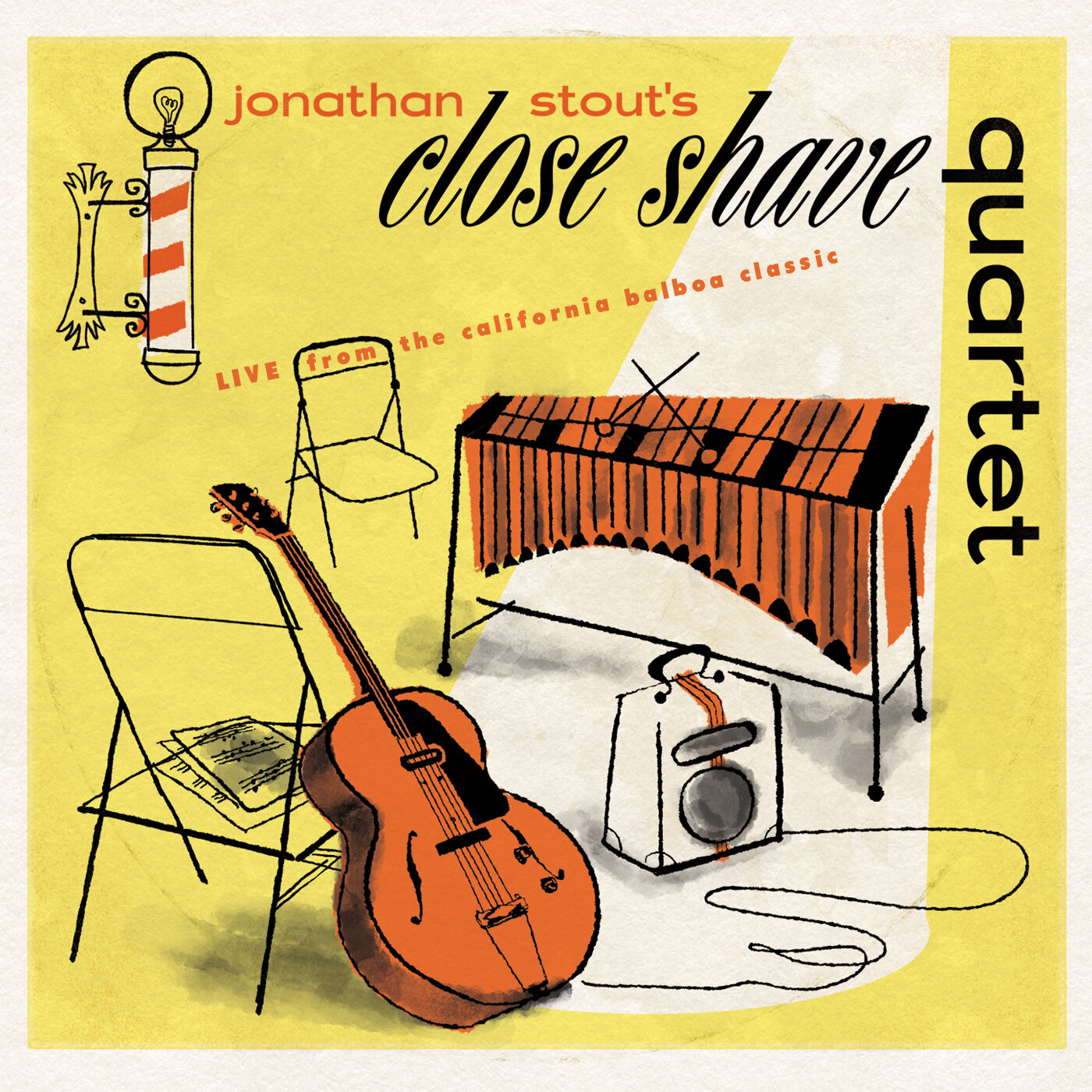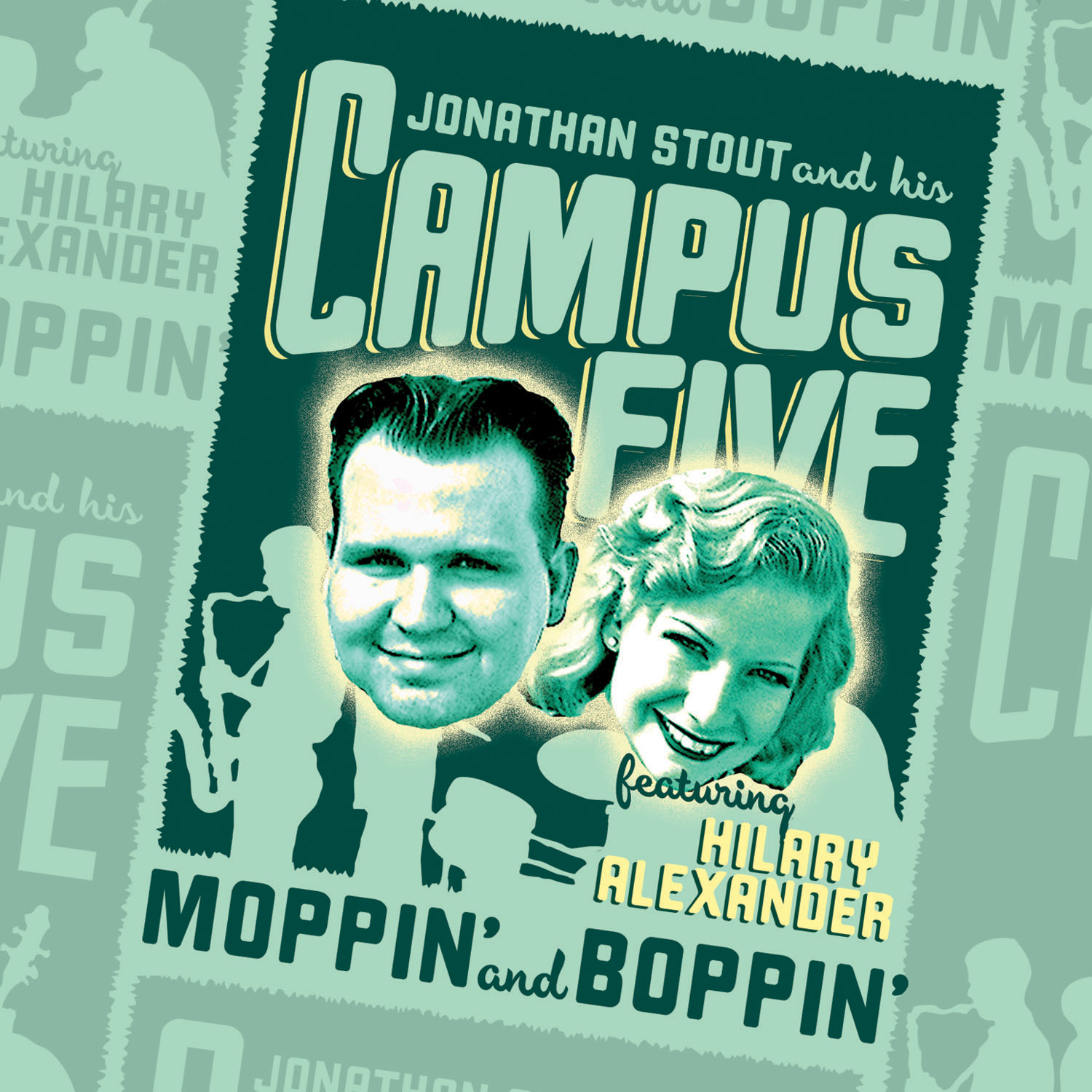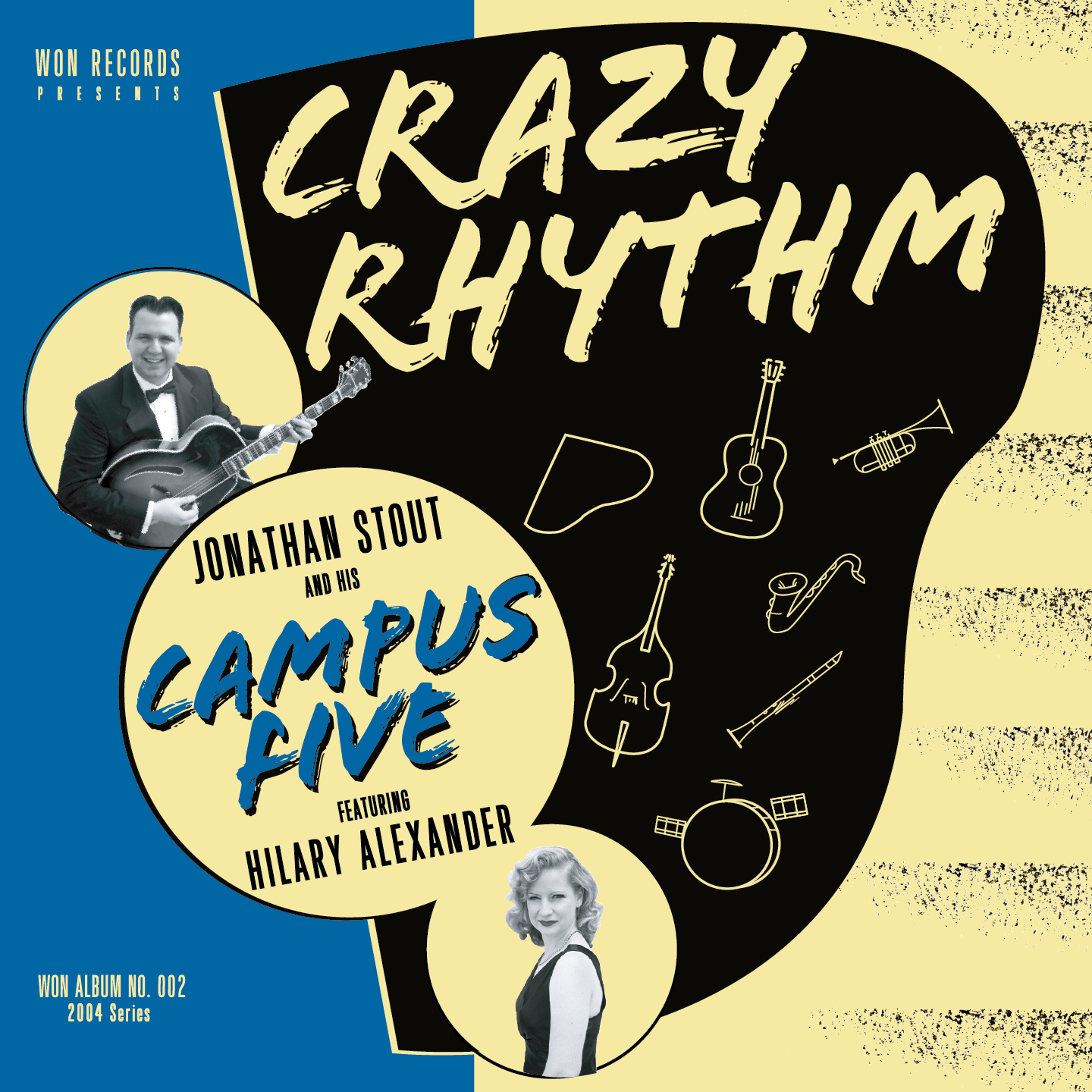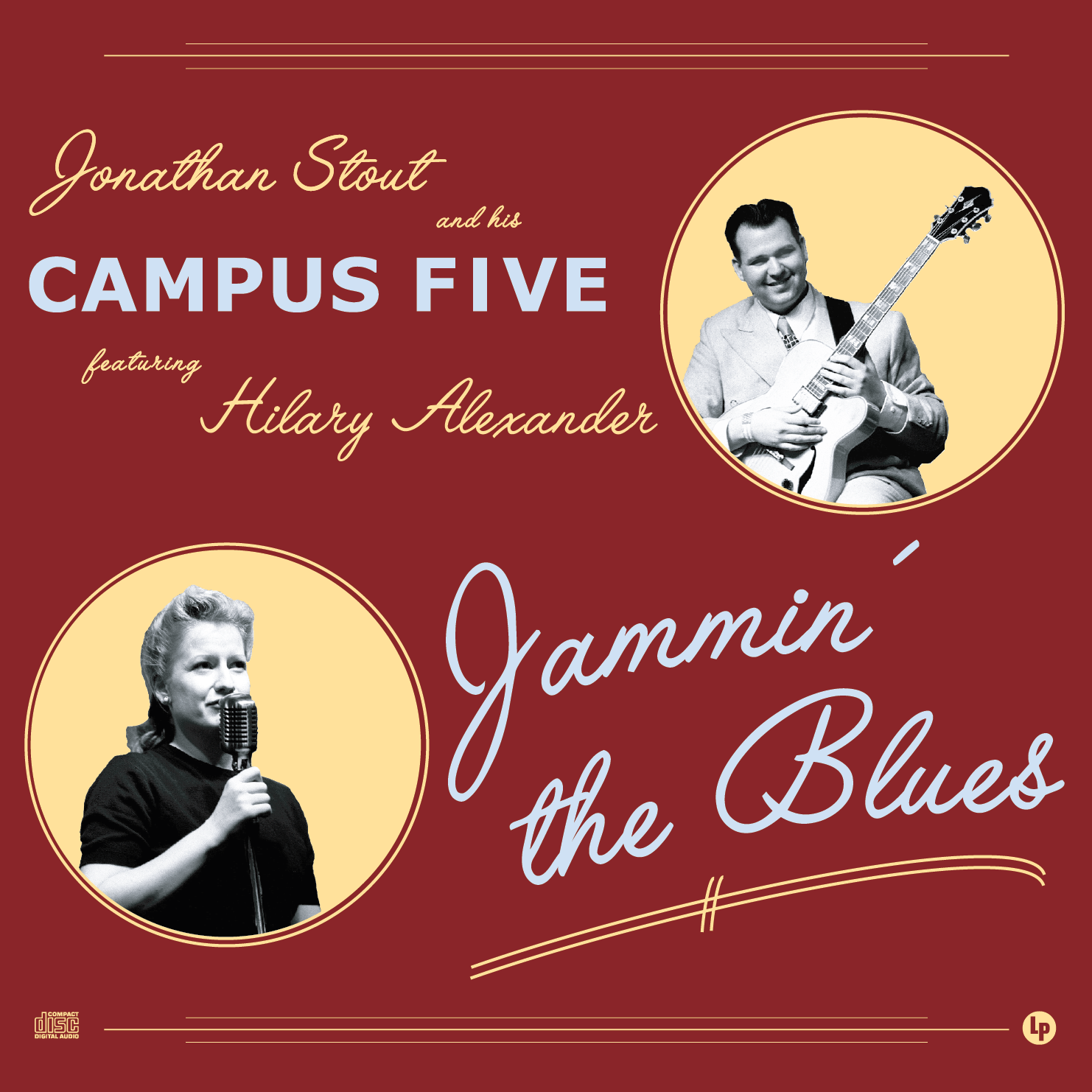3 note chords - another justifcation
/I'm very skeptical when I see youtube videos of people purporting to be lessons on swing rhythm guitar. Most of them are complete crap, and you can usually tell by the pick ups on their guitars - I mean because they have pick ups.
Anyway, I found this clip which gave another reasoning behind the use of three note chords: smooth voice leading. Judging from that 30's-40's Epiphone Emperor, I'm guessing he might have a some idea of what's going on that most of the youtube lessons out there.
Mr. Clark correctly begins by passing much of the credit for the three-note chord system, usually called Freddie Green-style, to George Van Eps. Allan Reuss studied with George before taking George's spot in the Goodman band, and it was Allan Reuss who gave Freddie Green lessons. But his main point is that 6-string barre chords don't really resolve well from one to the next. The fact that there are a bunch of repeated notes makes for odd leaps and unresolved tensions.
While I still feel that the main justification for the three note chord tradition is that the timbre of the three note chord cuts through the band better, sonically, it is clear that you can much more effectively voice lead with the three note chords. Here's the video:
